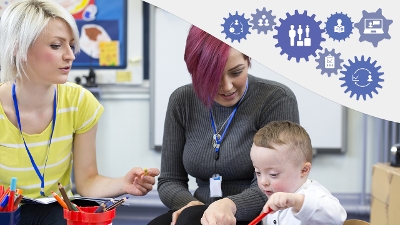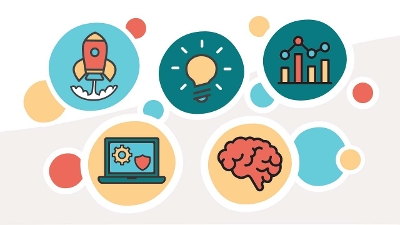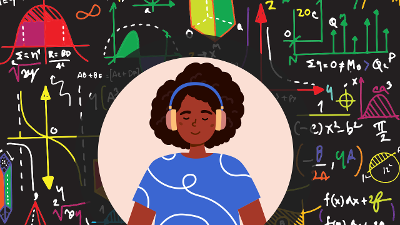Showing results 141-150 of 163 for Students
Search results
-

Explore the coordinating systems needed for Early Childhood and learn how to develop or revise an early childhood system to include best practices for the provision of accessible materials and technologies.
-
Learn how to vet and purchase materials to ensure they are accessible from the start, and the options for retrofitting inaccessible materials when it is necessary.
-
Podcast

National AEM Center at CAST, 2023
We are excited to launch season 3 of the podcast with a conversation featuring Rebecca Sheffield from the Office of Special Education Programs (OSEP), and Ellery Robinson from the Office of Educational Technology (OET)
-

The Tech InCITES webinar series gives viewers the opportunity to connect with thought leaders and innovators in the field.
-

What actions need to be taken so that learners who need accessible formats receive them in a timely manner? Whether a learner is in PreK-12, higher education, or career training, the process is multi-step.
-

Given the rapid advancement of technology and the urgency of applying scientific solutions to global challenges, all learners need access to STEM education. Creating accessible materials is one way to reduce those barriers so that all learners can participate and choose to advance in STEM fields.
-

Find links to AEM Center webinars and other resources for improving the accessibility of materials shared with remote learners.
-
Review the sections of the Individuals with Disabilities Education Act of 2004 related to NIMAS.
-
Summit
8:30AM – 2:30PM ET on Tuesday, January 14, 2025
This hands-on event covers assistive technology, special education trends, and Universal Design for Learning (UDL) updates. Collaborate with experts to develop a system-wide approach, leaving with practical skills and an action plan to foster an inclusive culture. Perfect for educators passionate about inclusive learning!
-

Selecting accessible formats is the second step in a multi-step decision-making process.
